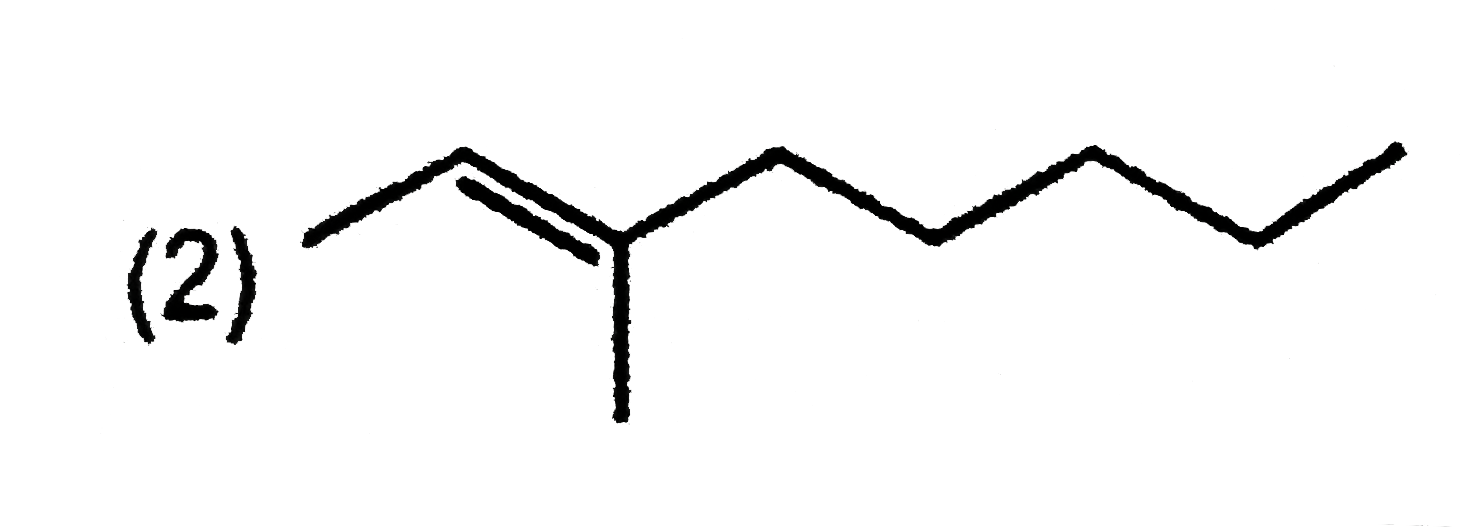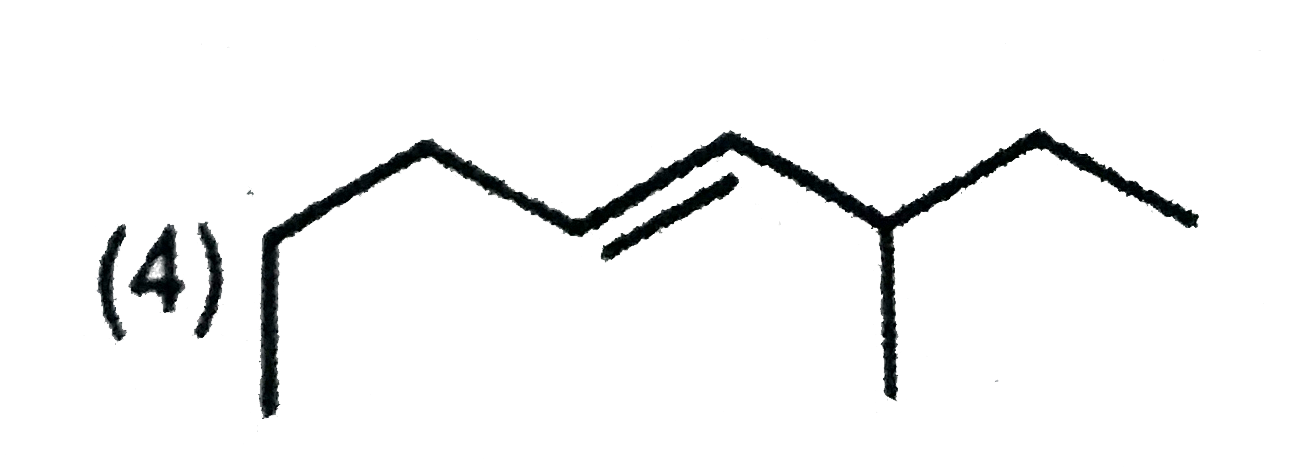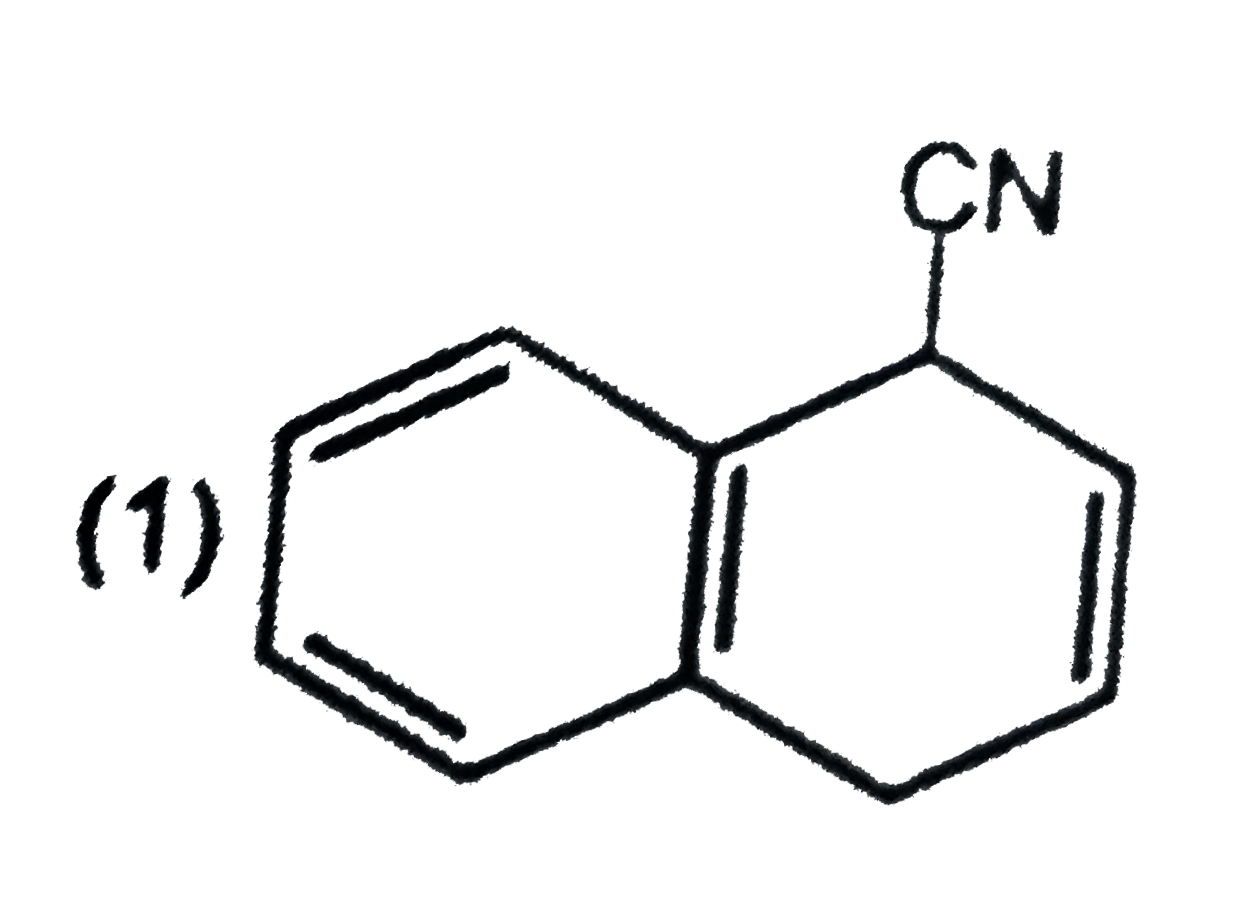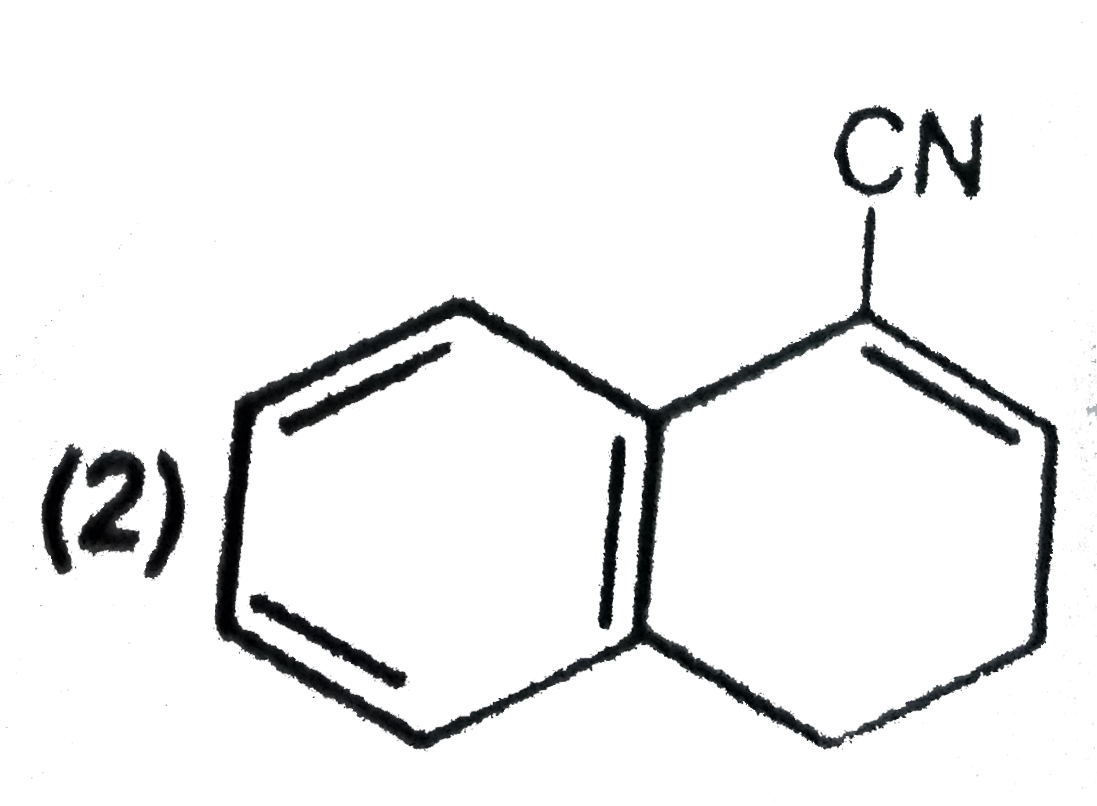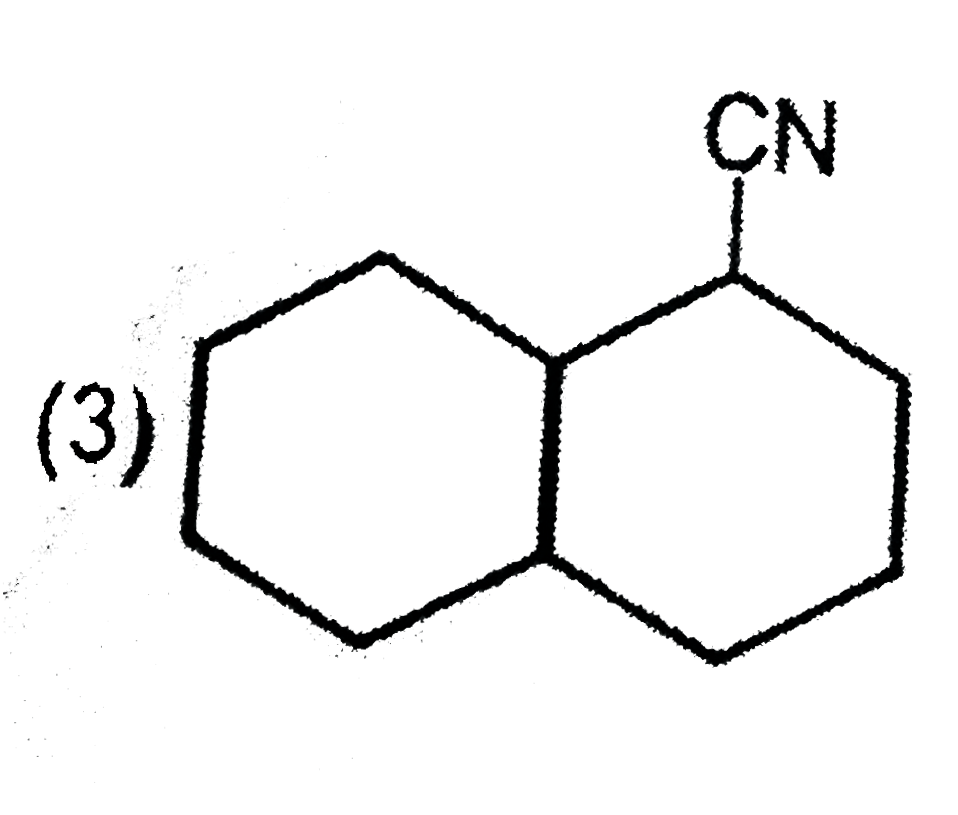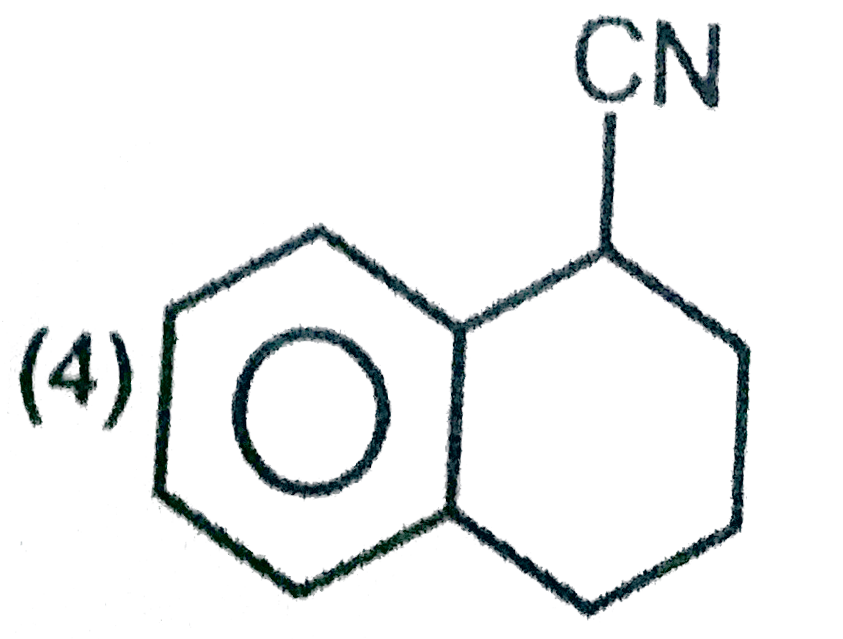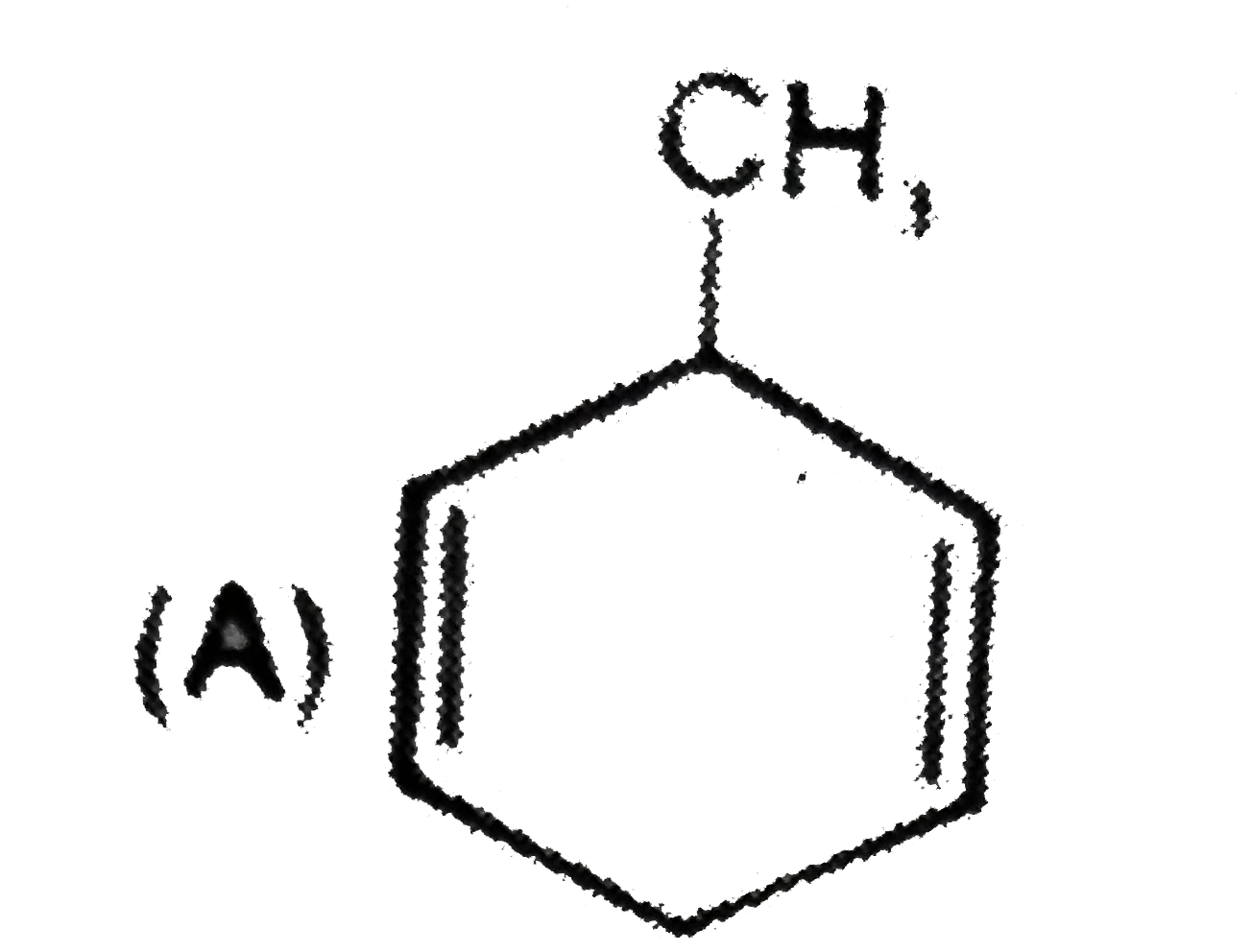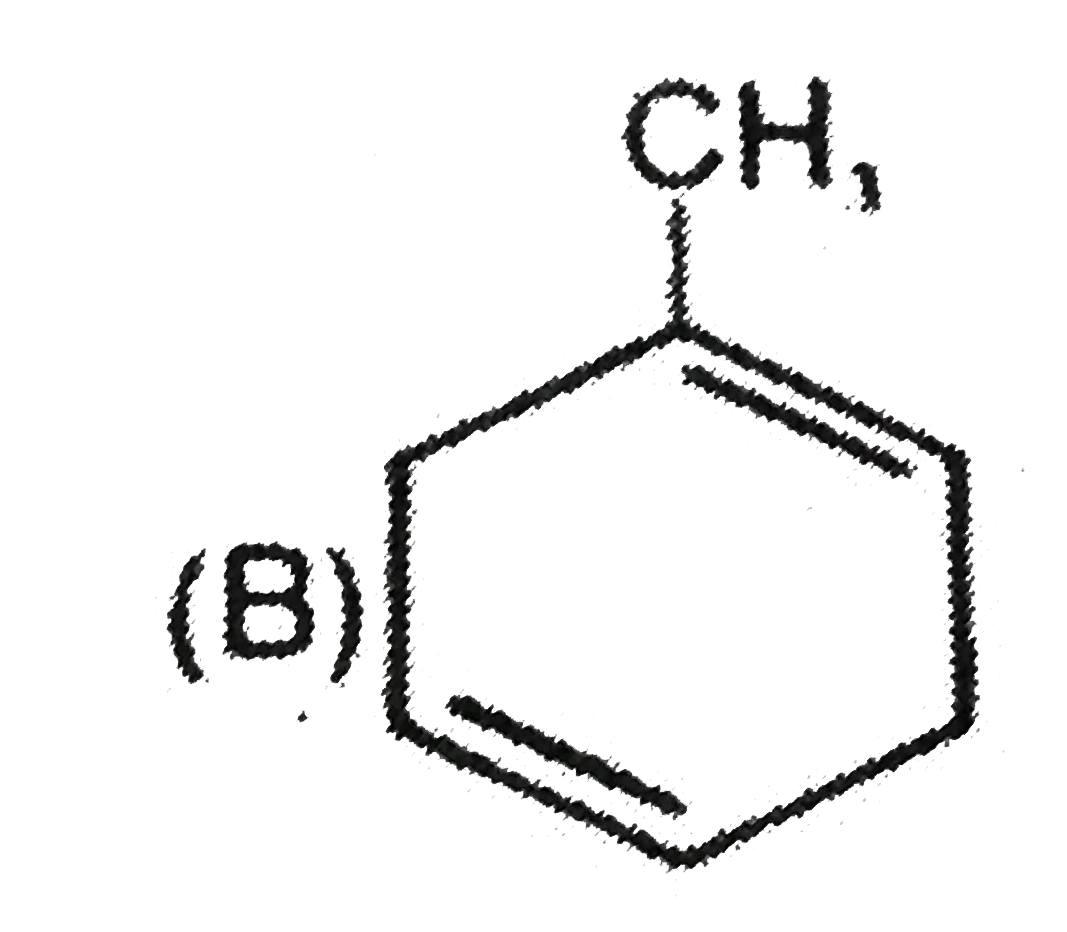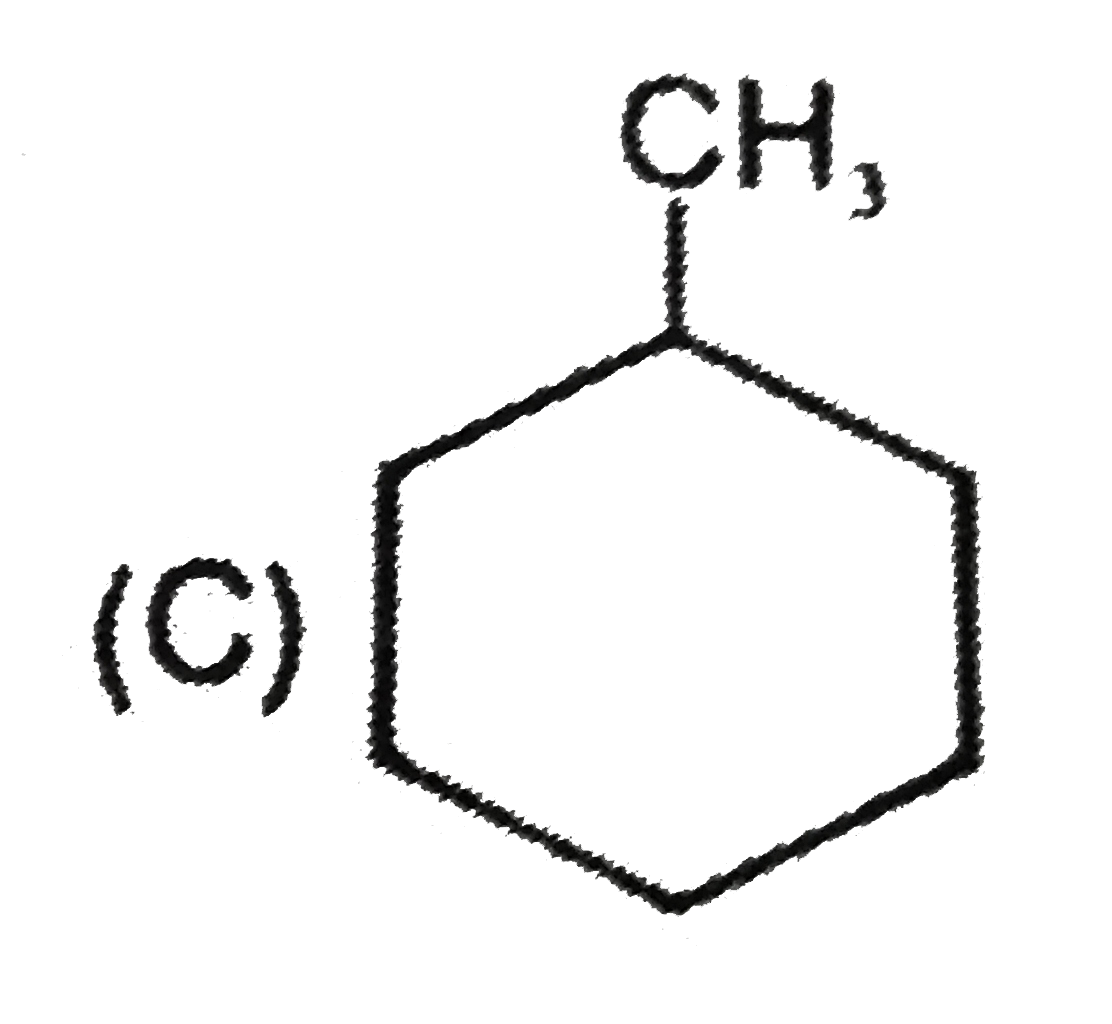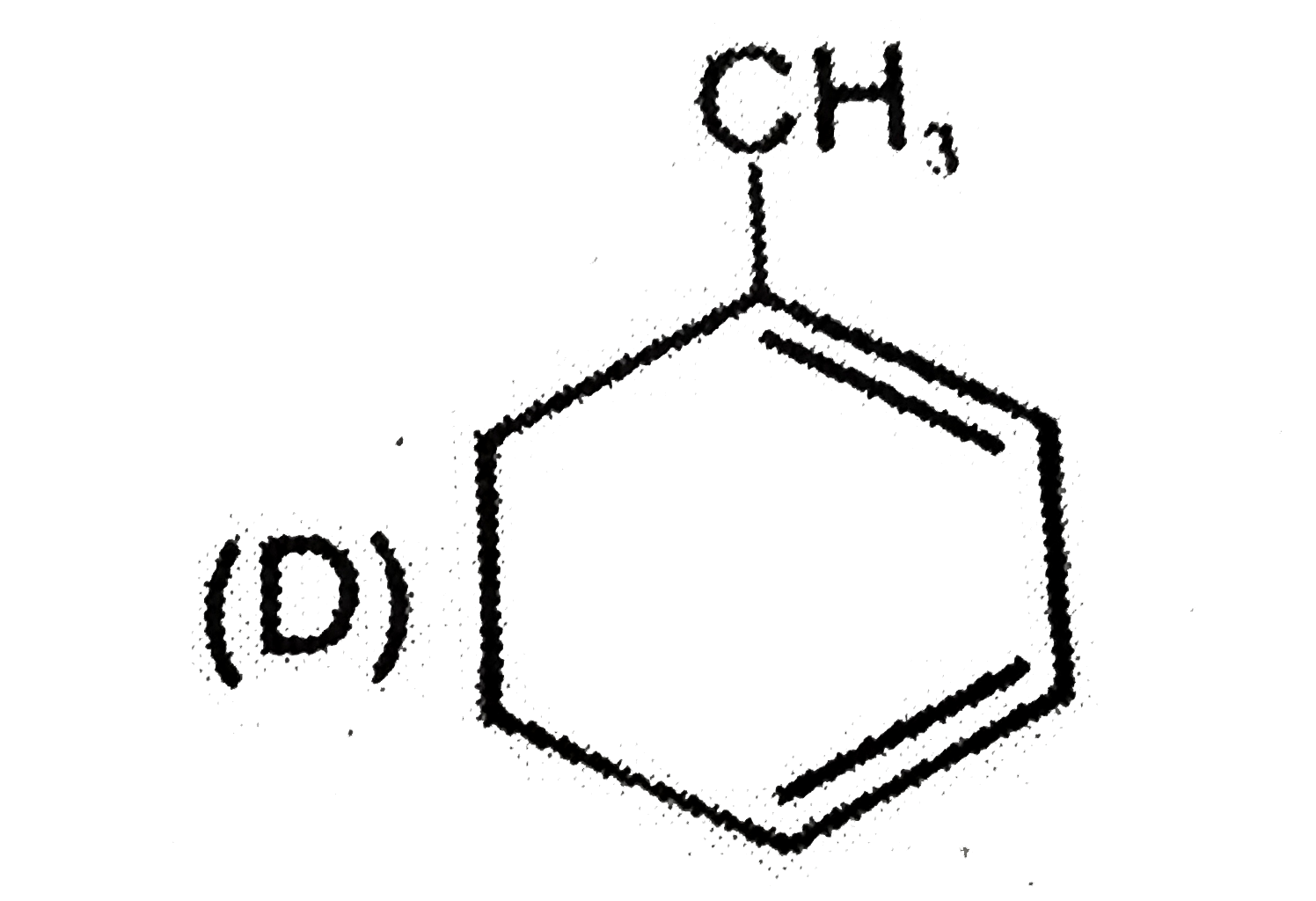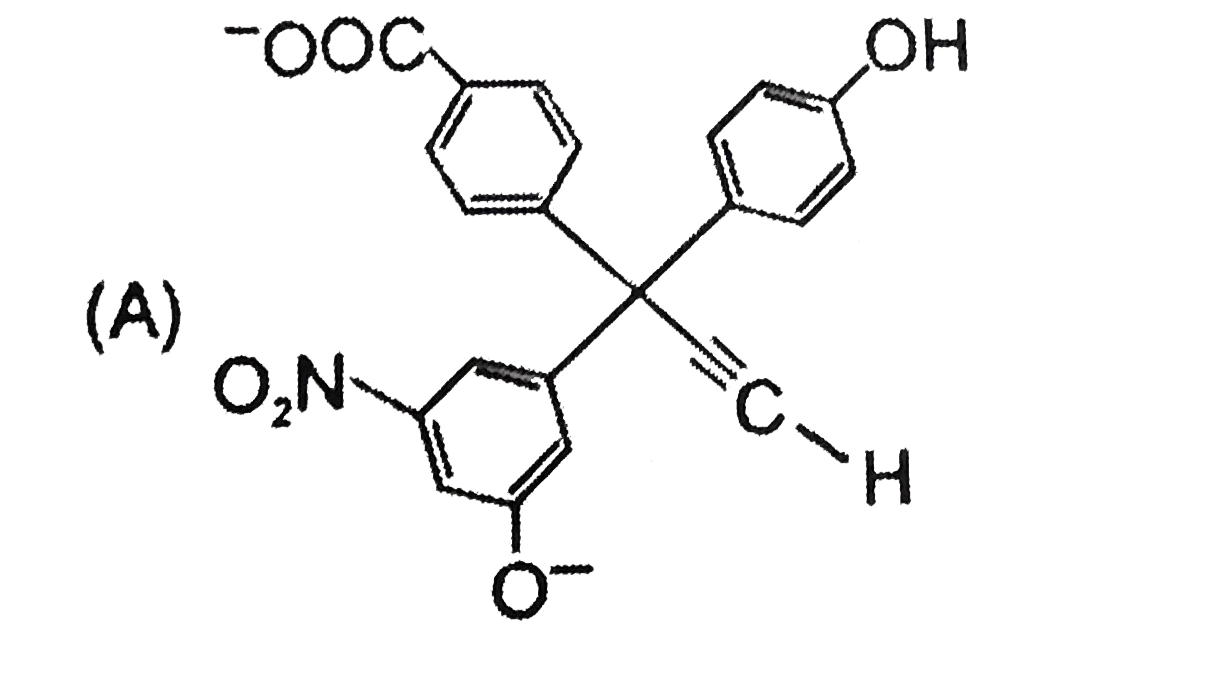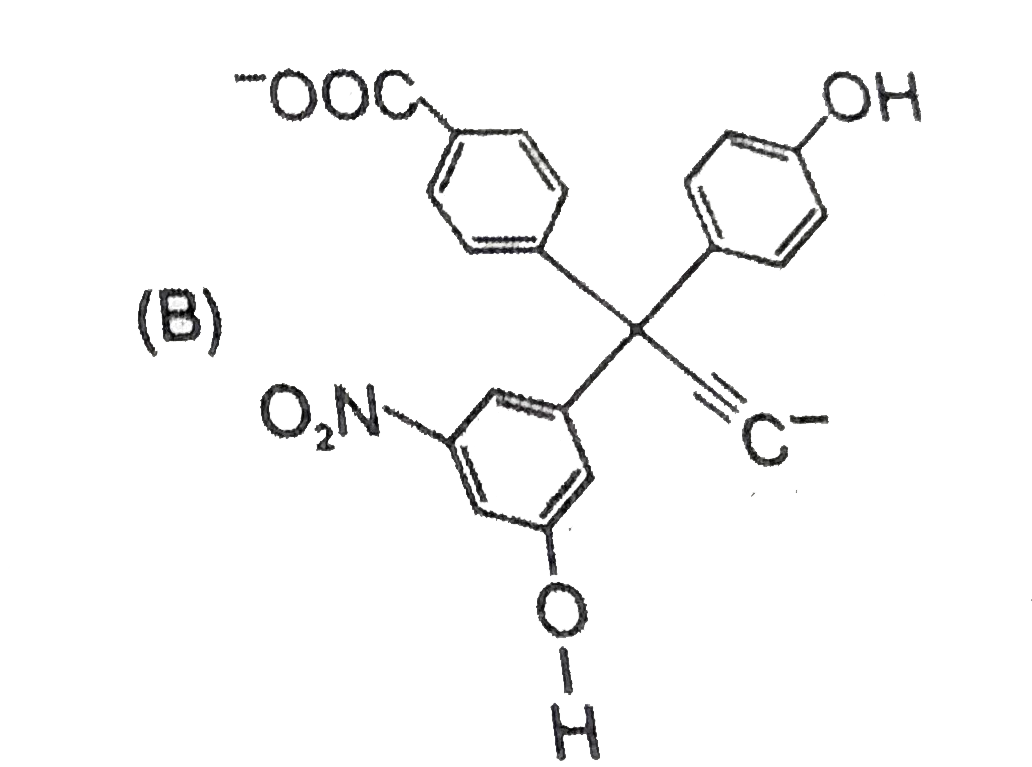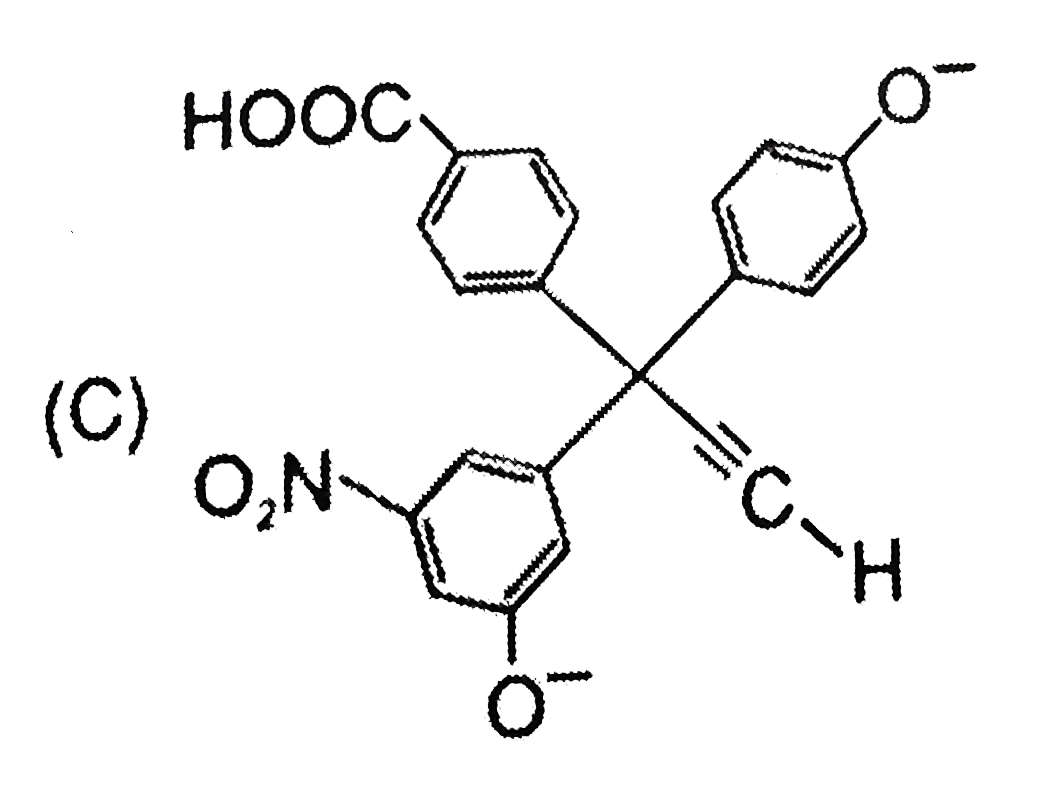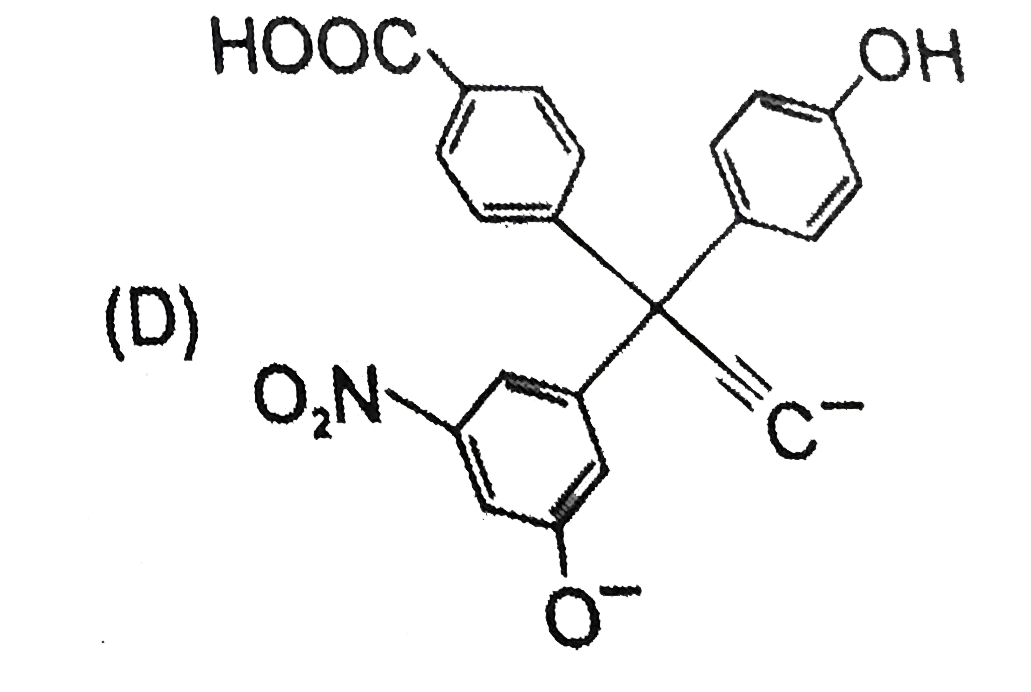Explore topic-wise InterviewSolutions in .
This section includes InterviewSolutions, each offering curated multiple-choice questions to sharpen your knowledge and support exam preparation. Choose a topic below to get started.
| 52151. |
0.01 mol TNT was completely decomposed as, {:(C_(7)H_(5)N_(3)O_(6)(s), rarr, CO(g),+,H_(2)(g),+, N_(2)(g),+,C(s)),(""TNT,,,,,,,,):} The gases evolved occupied 2.24 L at constantpressure and 273 K in the eudiometer . Select the correct option on the basis of above information. |
|
Answer» Partial pressure of CO is 0.6 atm in the evolved gas |
|
| 52152. |
0.01 M solution of an organic acid is found to have a pH of 4.15. Calculate the concentration of the anion, the ionization constant of the acid and its pK_(a). |
|
Answer» `HA hArr H^(+) + A^(-)` HENCE, at equilibrium `[H^(+)]=[A^(-)] = 7.08 xx 10^(-5)M ~= 7.1 xx 10^(-5)M` `[HA] = (0.01-7.1xx10^(-5))=(0.01-0.000071)M = 0.009929 M` `K_(a) = ([H^(+)][A^(-)])/([HA])=((7.1xx10^(-5))^(2))/(9.929xx10^(-3))=5.08 xx 10^(-7)` `pK_(a) = - log K_(a) = - log (5.08 xx 10^(-7))= 6.29`. |
|
| 52153. |
0.01 M solution is given it's pH is .......... (K_a=6.6xx10^(-4)) |
|
Answer» 7.6 `=sqrt(6.6xx10^(-2))`=0.257 `[H^+]=C-alpha` =0.01 x 0.257 `=2.57xx10^(-3)` `[H^+]=sqrt(K_a.C_o)` `=sqrt(6.6xx10^(-4)xx10^(-2))` `[H^+]= 2.57xx10^(-3)` `therefore` pH=-log `(2.57xx10^(-3))` =3-log 2.5 =(3-0.4)=2.60 |
|
| 52154. |
0.01 M NH_3 and (0.01 M of 50 mL NH_3) + (0.01 M, 25 mL H) from these two solution which has pH more ? |
|
Answer» Solution :In the MIXTURE of (HCl + `NH_3`) after neutralization more `NH_3` left without neutralization so PH decrease. Initial pH of only BASE is more pH of only base `gt`(more base + LESS acid) pH |
|
| 52155. |
0.0093 g of Na_(2)H_(2)EDTA.2H_(2)O is dissolved in 250 mL of aqueous solution. A sample of hard water containing Ca^(2+) and Mg^(2+) ions is titrated with the above EDTA solution using a buffer of NH_(4)OH+NH_(4)Cl using eriochrome balck-T as indicator. 10 mL of the above EDTA solution requires 10 mL of hard water at equivalent point. another sample of hard water is titrated with 10 mL of above EDTA solution using KOH solution (pH=12). using murexide indicator, it requires 40 mL of hard water at equivalence point. a. Calculate the ammount of Ca^(2+) and Mg^(2+) present in 1L of hard water. b. Calculate the hardness due to Ca^(2+), mG^(2+) ions and the total hardness of water in p p m of CaCO_(3). (Given MW(EDTA sal t)=372 g mol^(-1),MW(CaCO_(3))=100 gmol^(-1)) |
|
Answer» Solution :Case I: Using erichrome black-`T` indicator `M` of `EDTA` solution `=(0.093xx1000)/(372xx250)=0.001 M` Volume of `EDTA` used `=10 mL` Volume of water sample=`40 mL` `M_(1)V_(1)(EDTA)=M_(2)V_(2)(Ca^(2+)` and `Mg^(2+)` in hard water) `0.001xx10=M_(2)xx10` `M_(2)=0.001` `:.` Molarities of `(Ca^(2+)+Mg^(2+))`ions `=0.001 M` `=0.1` mmoles `L^(-1)` Case II: Using murexide indicator `M_(1)V_(1)(EDTA)=M_(2)V_(2)` (Hard water) `0.001xx10=M_(2)xx40` `M_(2)=0.25xx10^(-3)=0.25 mmol L^(-1)` `:.` Total `mmol L^(-1)`of `Ca^(2+)` and `Mg^(2+)=1.0` `mmolL^(-1)` of `Ca^(2+)` and `Mg^(2+)=1.0` `mmol L^(-1)` of `Mg^(2+)=1.0-0.75 mmol L^(-1)` mmoles `L^(-1)` of `Ca^(2+)=0.25 mmol L^(-1)` `:.` Amount of `Ca^(2+) L^(-1)implies0.25xx40xx10^(-3)` `=0.01gL^(-1)` Amount of `Mg^(2+) L^(-1)implies0.75xx24xx10^(-3)=0.018 gL^(-1)` (b) `[MW (CaCO_(3))=100 g mol^(-1)]` Total `mmol of Ca^(2+)` and `Mg^(2+)` ions `L^(-1)` `=1.0=0.001 molL^(-1)` `=0.001 M` `0.1 mol of Ca^(2+)` and `Mg^(2+)-=0.1 mol CaCO_(3) L^(-1)` `-=(0.001xx100xx10^(6))/(10^(3))` `-=100 p p m` `:.` total hardness due to `Ca^(2+)` and `Mg^(2+)` ions of the sample in grams of `CaCO_(3)` in `10^(6) mL of H_(2)O` `=("Total MxMW"+N19(CaCO_(3))xx10^(6))/(10^(3))` Hardness due to `Ca^(2+)` ions of the sample in gram of `CaCO_(3)` in `10^(6) mL H_(2)O=(0.25xx10^(-3)xx100xx10^(6))/(10^(3))=25 p p m` Hardness due to `Mg^(2+)` ions of the sample in grams of `CaCO_(3)` in `10^(6)mL of H_(2)O=100-25 =75 p p m` |
|
| 52156. |
0.004 gof NaOHis present in 1Lof a solution. The pH of the solution is |
|
Answer» `14.0` ` therefore [OH^(-) ] =(10 ^(-4))/( 1) = 10 ^(-4)` ` thereforePOH = 4 rArr pH = 14- 4 = 10 ` |
|
| 52157. |
0.0026 M I_(2) solution having unknown volume is reacted with excess of ferrous thiocynate solution to form Fe_(2)O_(3),SO_(4)^(2-),CN^(-) along with I^(-) . If all the sulphate ions formed are precipitated using BaCl_(2) such that 16776 gm of BaSO_(4) is obtained, calculate volume of I_(2) consumed in litre. (At. mass : Ba=137) |
|
Answer» |
|
| 52158. |
0.002 M potassium thiocyanate added to 1 mL 0.2 M Fe (III) nitrate than what happen ? |
|
Answer» Solution :The iron (III) Nitrate `Fe^(3+)` is react with potassium thiocyanate `SCN^-` and FORM `[Fe(SCN)]_((aq))^(2+)` and FOLLOWING equilibrium is established. The solution is red because the ferric thiocyanate ION is red. `Fe_((aq))^(3+) + SCN_((aq))^(-) hArr UNDERSET"dark red"(`[Fe(SCN)]_((aq))^(2+))` |
|
| 52159. |
0.00025 has how many significant figures? |
|
Answer» 5 |
|
| 52160. |
0.00050 mole of NaHCO_(3) is added to a large volume of a solution buffer at pH = 8.00. How much material will exist in each of the three forms, H_(2)CO_(3), HCO_(3)^(-) and CO_(3)^(2-) ? K_(1) and K_(2) for H_(2)CO_(3) are 4.5xx10^(-7) and 4.5xx10^(-11) respectively. |
|
Answer» `n_(CO_(3)^(2-))= 2.28xx10^(-6)`; |
|
| 52161. |
, X is : |
|
Answer»

|
|
| 52162. |
........ was used as solvent for dry cleaning of clothes. |
|
Answer» TETRACHLOROETHANE |
|
| 52163. |
............ used in refrigerator is hazardous to ozone layer. |
|
Answer» CFC |
|
| 52164. |
-underset(|)overset(|)CHgroupin alkanesis called_____. Group . |
|
Answer» carbene |
|
| 52165. |
………. undergoes oxidation in the following reaction. Zn_((s)) + 2NaOH_((aq)) to Na_2ZnO_(2(aq)) + H_(2(g)) |
|
Answer» Zn |
|
| 52168. |
. The product A will be- |
|
Answer»
|
|
| 52169. |
. The molecular weight difference between X and Y is |
|
Answer» |
|
| 52171. |
…….. statement is true for Al_2O_3 and Al(OH)_3 |
|
Answer» Both are ACIDIC. |
|
| 52172. |
---------- solids do not possess sharp melting points and can be considered as ------ liquids. |
| Answer» SOLUTION :AMORPHOUS , SUPERCOOLED | |
| 52174. |
. Q. Which combination is correct for Ni. |
|
Answer» (II) (i) (R) |
|
| 52175. |
. Q. Which combination is correct: |
|
Answer» <P>(I) (i) (P) |
|
| 52176. |
. Q. Which combination is/are not correct |
| Answer» Answer :B | |
| 52177. |
. Product P, Q ,and R are : |
|
Answer» `P implies I, Q and R implies II` |
|
| 52178. |
, Product B and C are respectively : |
|
Answer»

|
|
| 52179. |
........ present in polluted water are also the food per bacteria. |
|
Answer» Organic COMPOUNDS |
|
| 52181. |
................. plantation can metabolise nitrogen oxide and control photochemical smog. |
| Answer» SOLUTION :PINUS TREE | |
| 52182. |
______ on reductive ozonolysis gives ethanal, methanal and carbon dioxide. |
|
Answer» |
|
| 52183. |
% of H inH_(2)O is ......... |
|
Answer» 11.11 |
|
| 52184. |
% of H in CH_(3)COOH= .......... |
|
Answer» 40 |
|
| 52185. |
....... obtained on passing of dry ammonia over sodium metal at high temperature. |
|
Answer» `Na_(2)NH_(2)` |
|
| 52186. |
........ monument (wonder of world) is getting demage due to acid rain. |
| Answer» SOLUTION :TAJMAHAL | |
| 52187. |
"_____________" modified Linde process such that the cooling becomes more efficient. |
| Answer» Answer :A | |
| 52193. |
________ metal act as co-factor in phosphate transfer of ATP by enzymes. |
| Answer» SOLUTION :MAGNESIUM | |
| 52194. |
Mention the uses of deuterium. |
|
Answer» SOLUTION :(1) Deuterium is USED as a tracer element. (II) Deuterium is used to study the movement of ground water by isotopic EFFECT. |
|
| 52195. |
(+)- mandelic acid has a specific rotation of 158^(@) What would be the observed specific rotation of a mixture of 25% (-)mandelic acid and 75% (+)- mandlic acid? |
|
Answer» `+118.5^(@)` |
|
| 52196. |
{: ( "List -I ", "List - II"),( "(A)Additional reaction", "1. Nitration") , ("(B)Elimination reaction" , "2. Hydration"),("(C)Nucleophilic substitution" ,"3.Dehydration"),("(C)Electrophilic substitution" ,"4.Hydrolysis of alkyl halides") :} |
|
Answer» 1,2,3,4 |
|
| 52197. |
…………… law is used to explain gas-solution equilibrium processes. |
| Answer» SOLUTION :Henry.s LAW | |
| 52198. |
(+-) Lactic acid is optically inactive due to |
|
Answer» INTERNAL COMPENSATION |
|
| 52199. |
Soda lime test is used to detect one of the following element of organic compound |
|
Answer» PHOSPHORS |
|
| 52200. |
________ isusefulin purificationof bauxite . |
|
Answer» Sodiumcarbonate |
|

